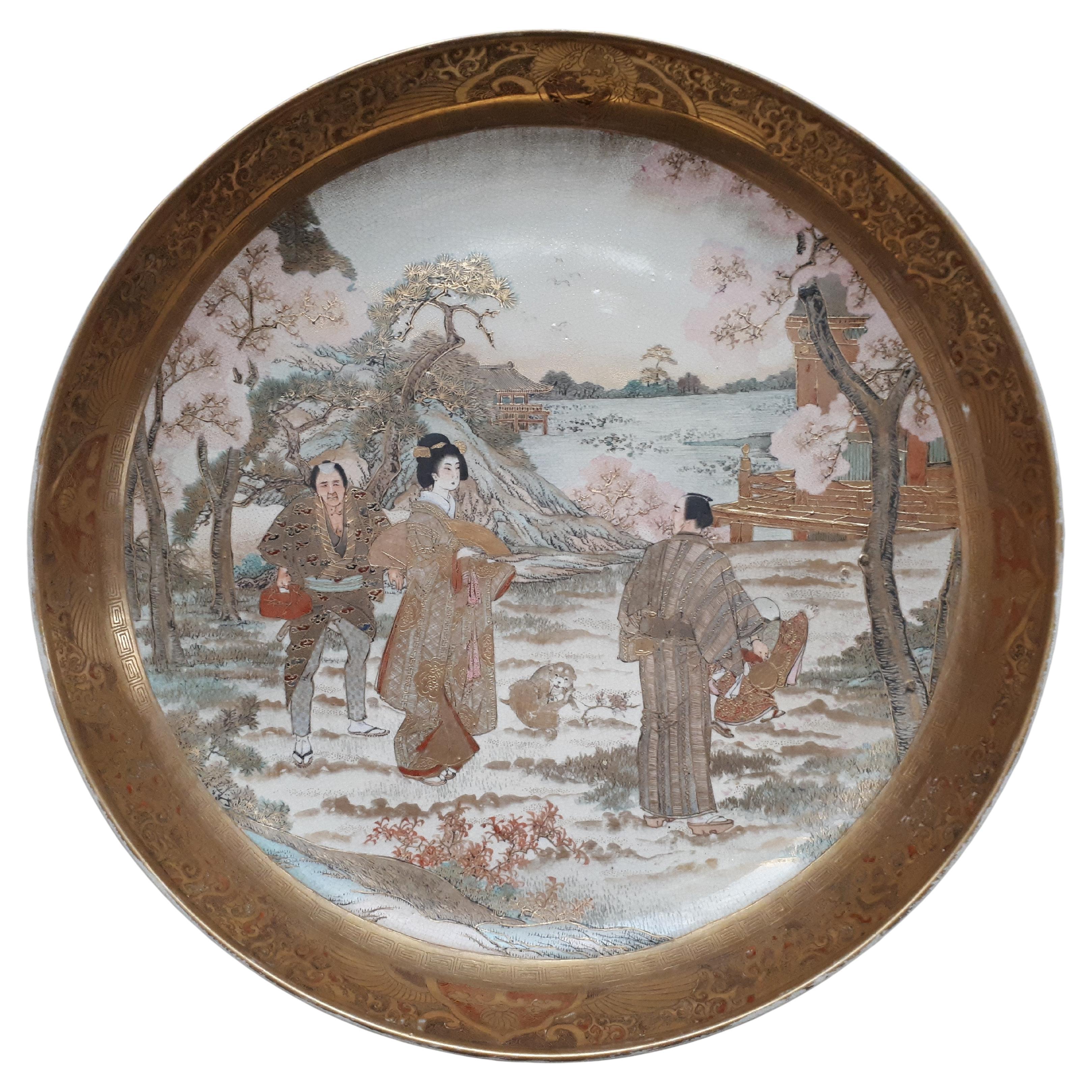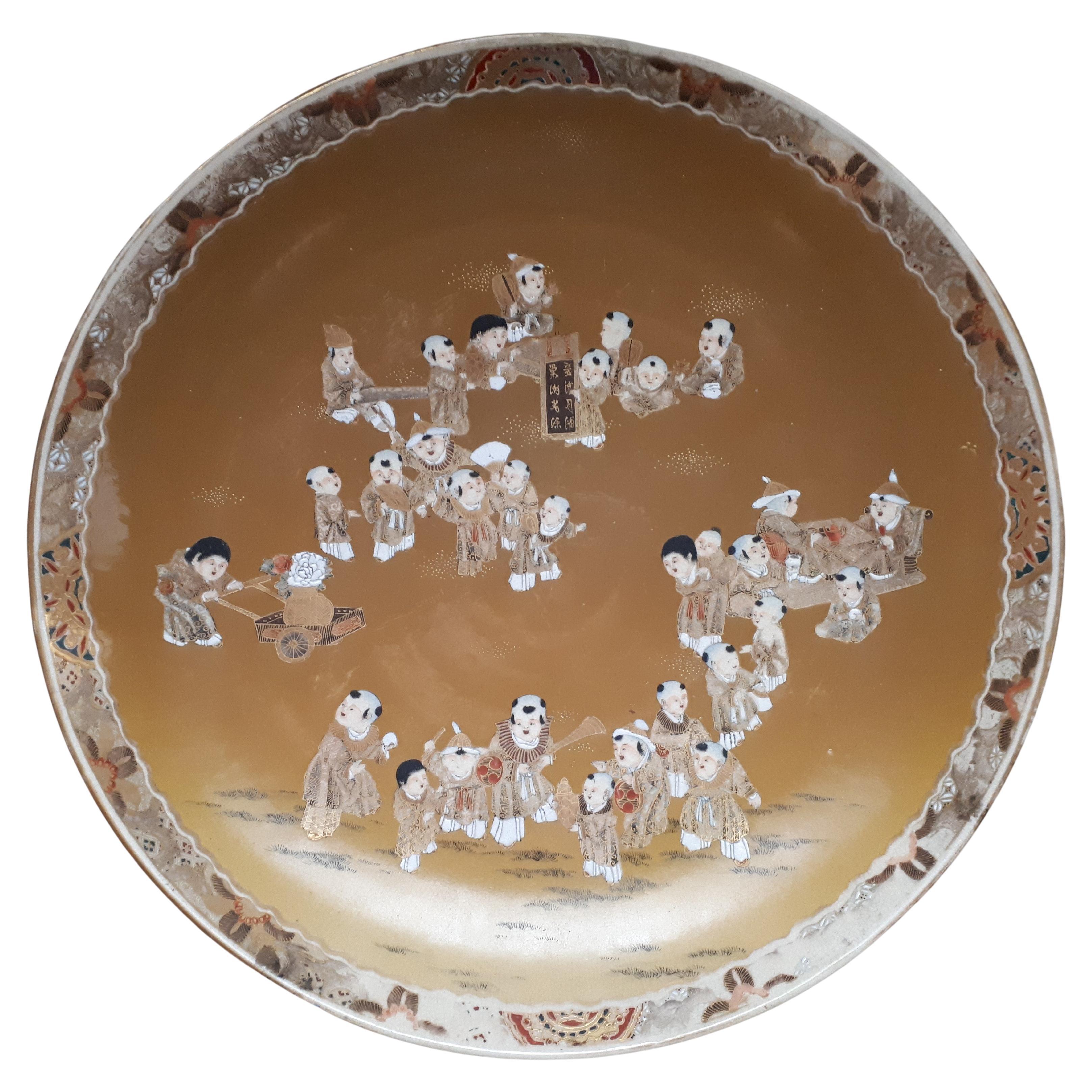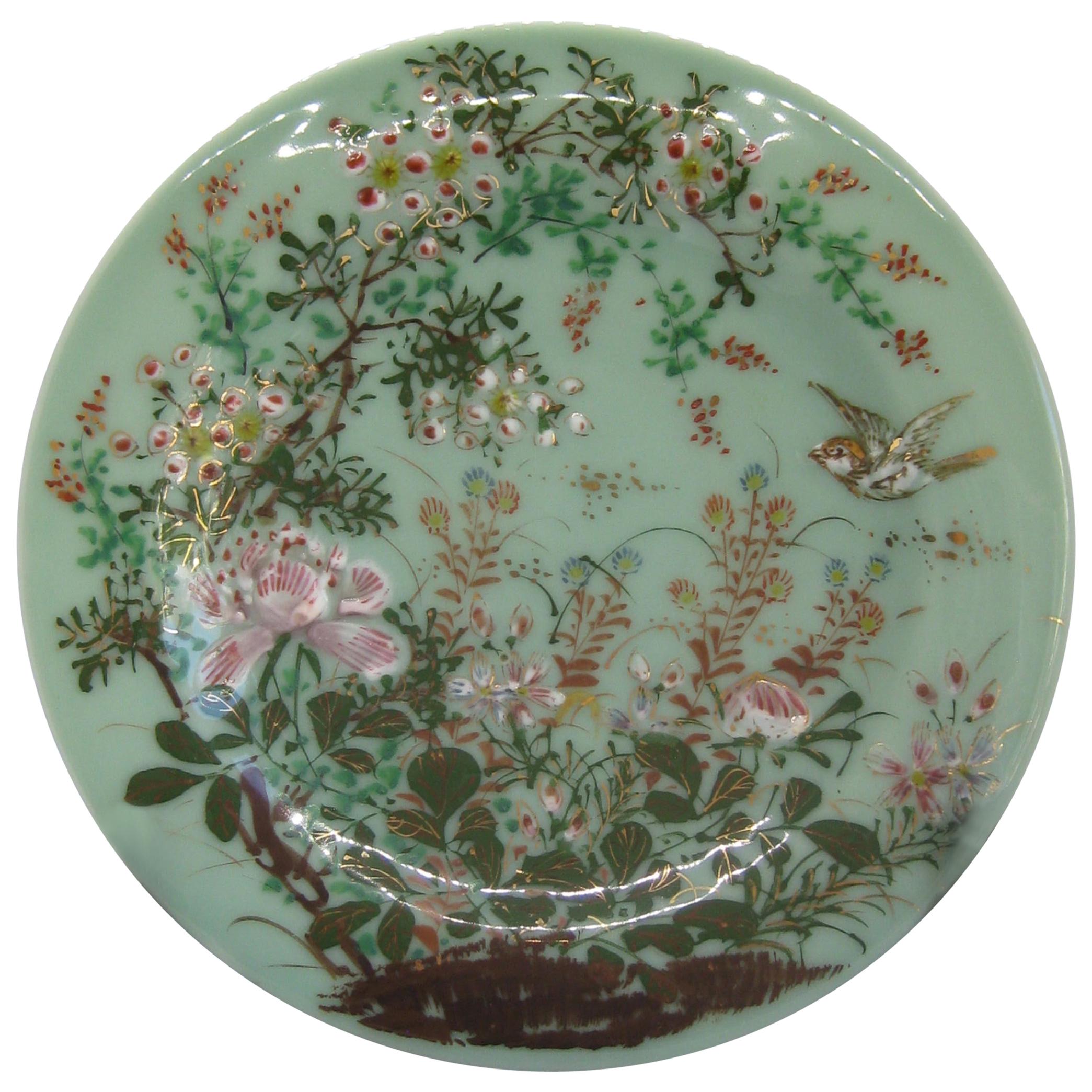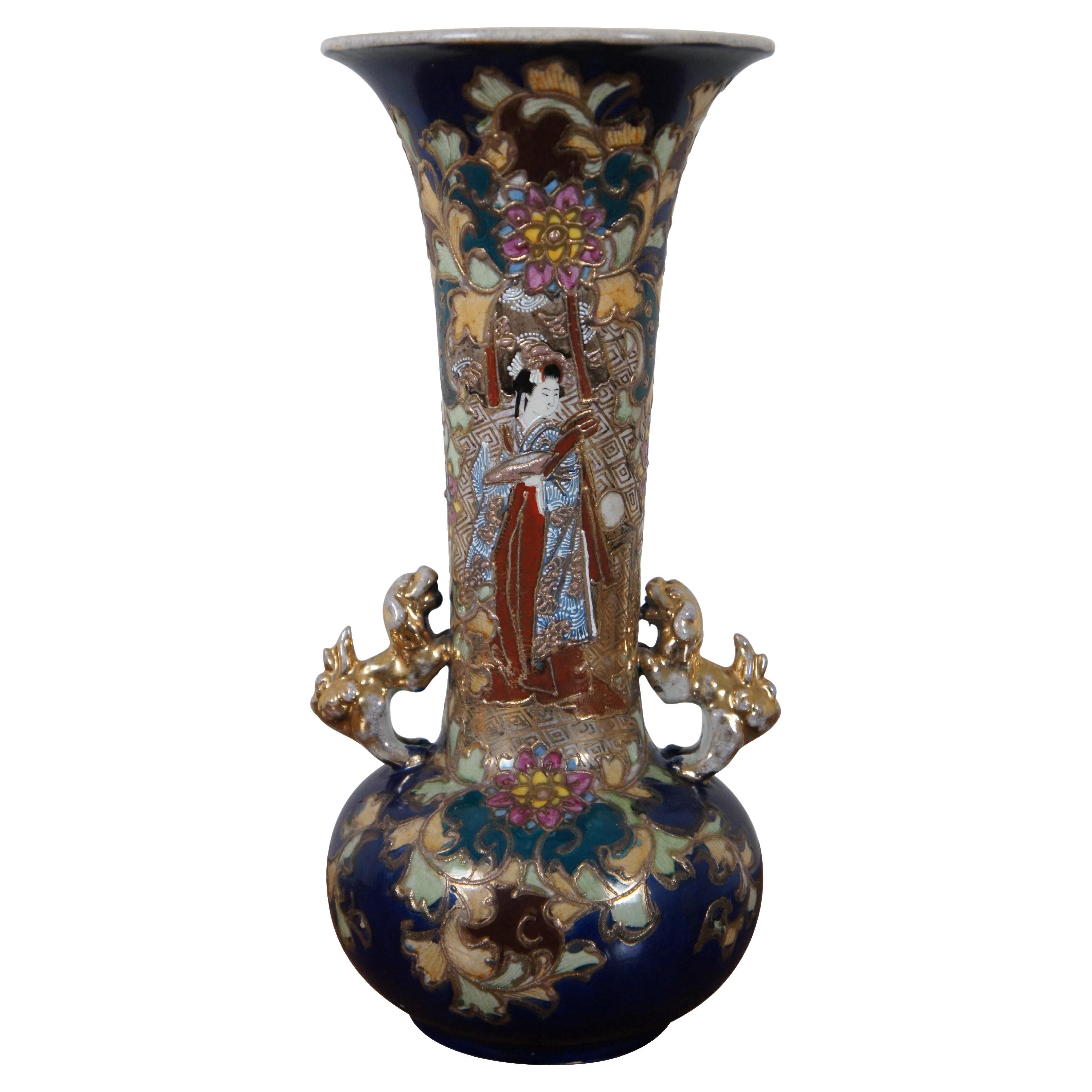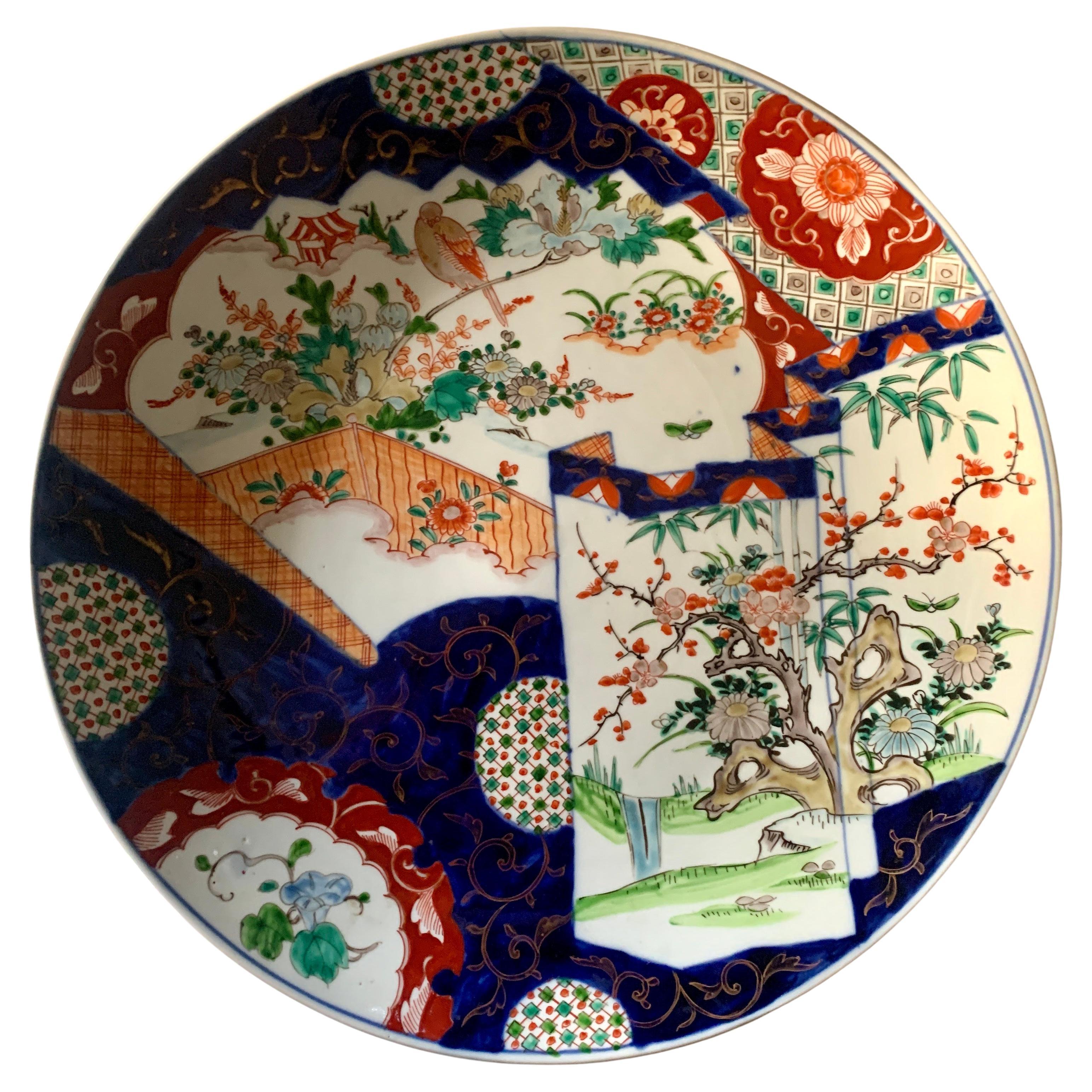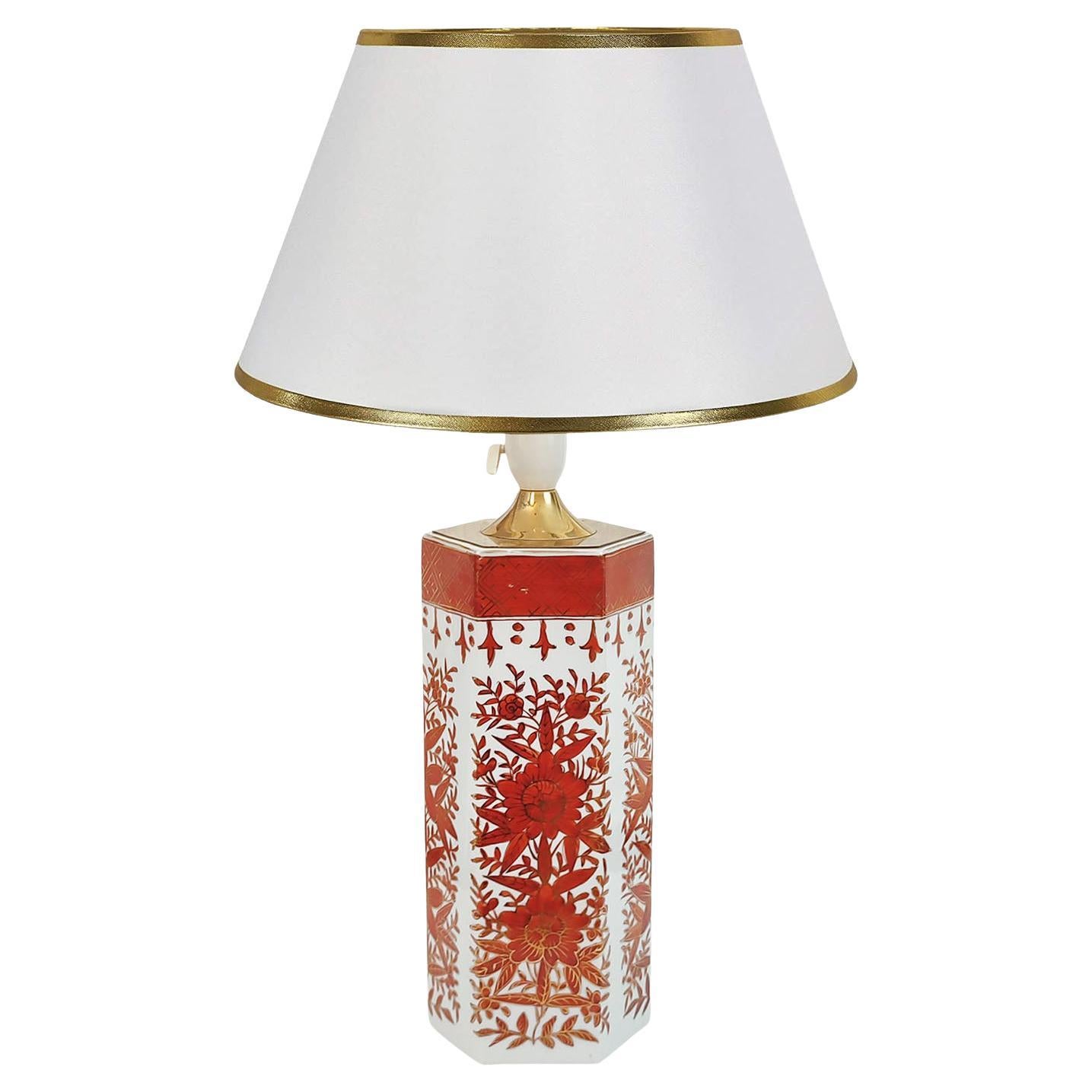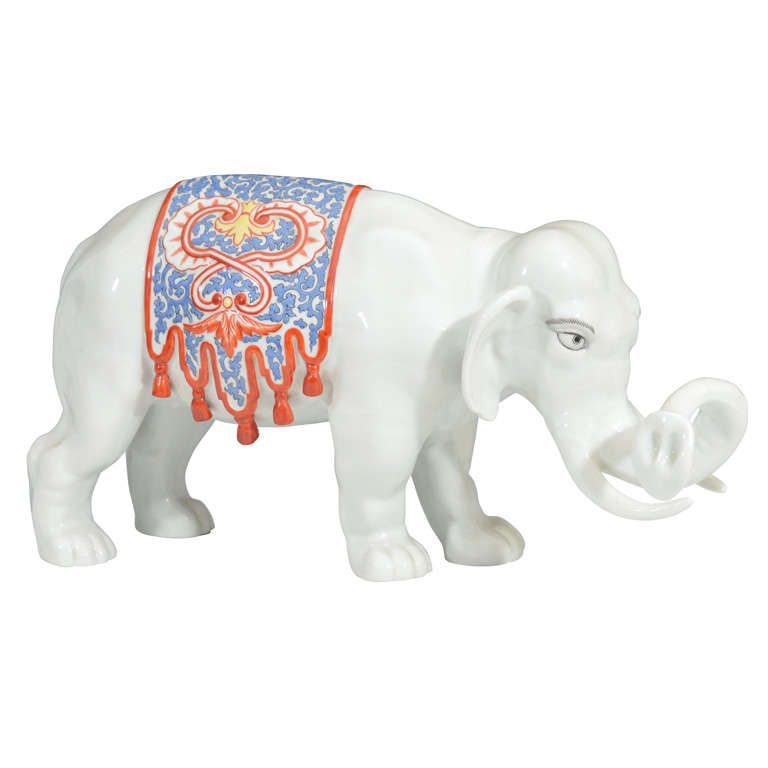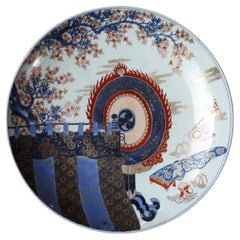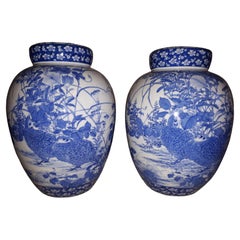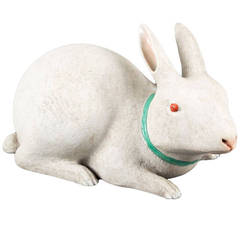
Japanese Porcelain Winter Hare Meiji Era
View Similar Items
1 of 2
Japanese Porcelain Winter Hare Meiji Era
About the Item
- Dimensions:Height: 5.25 in (13.34 cm)Width: 9.5 in (24.13 cm)Depth: 6 in (15.24 cm)
- Place of Origin:
- Period:
- Date of Manufacture:1868-1912
- Condition:Wear consistent with age and use.
- Seller Location:London, GB
- Reference Number:Seller: 151611stDibs: LU97541250312
You May Also Like
- Large Japanese Arita (Imari) Porcelain Dish, Japan Meiji EraLocated in Saverne, Grand EstLarge Arita porcelain dish, with polychrome decoration and gilt highlights of standards placed under a maple tree. Japan, late 19th century.Category
Antique Late 19th Century Japanese Ceramics
MaterialsPorcelain
- Pair Of Seto Porcelain Covered Vases, Japan Meiji EraLocated in Saverne, Grand EstMagnificent pair of porcelain vases with a rich underglaze blue decoration of a couple of partridges among the vegetation. A minimal defect on each interior lid in the shape of a sty...Category
Antique Late 19th Century Japanese Meiji Ceramics
MaterialsPorcelain
- Japanese Satsuma Earthenware Dish, Meiji Era JapanLocated in Saverne, Grand EstExceptional Satsuma earthenware dish of incredible finesse. A work of art which, without a doubt, required several dozen hours of meticulous work. But what a result !!! Japan around ...Category
Early 20th Century Japanese Ceramics
MaterialsEarthenware
- Large Japanese Satsuma Earthenware Dish, Meiji Era JapanLocated in Saverne, Grand EstLarge Satsuma earthenware dish decorated with "one hundred boys". Signed on the reverse. Japan around 1900Category
Early 20th Century Japanese Meiji Ceramics
MaterialsEarthenware
- Antique Japanese Celadon Imari Nabeshima Enamel Porcelain Plate Meiji Era SignedLocated in San Diego, CAExquisite antique Japanese celadon porcelain "Nabeshima" enameled plate dating from the Meiji era. The plate is signed on the back by the artist. Great gold gilt hand painted accents...Category
Antique Late 19th Century Japanese Ceramics
MaterialsPorcelain
- Antique Japanese Meiji Era Porcelain Satsuma Figural Kutani Vase Fu Dogs GeishaLocated in Dayton, OH"Late Meiji era Kutani vase, circa 1903. A beautiful porcelain blue ground centered by an intricate Geisha flanked by gold figural Foo Dog handles. Features a floral and foliat motif throughout. Signed along the base. Kutani ware, Japanese porcelain made in Kaga province (now in Ishikawa prefecture). The name “Old Kutani” refers to porcelain decorated with heavily applied overglaze enamels and produced in the Kaga mountain village of Kutani. The powerful Maeda family had established a kiln there by 1656. The clay bodies used were gray and coarse-grained. On most pieces—dishes and bowls were especially common—a white or blue-white matte glaze was decorated in dark, restrained colours, initially greens, yellows, and some reds, and later purples and dark blues. Some items had cobalt blue decoration under a white glaze. The most noted Old Kutani pieces are “Green Kutani,” in which most of the surface is covered in a green or blue-green glaze to which one or two colours have been added (or the glaze is applied evenly over a design executed in black). The bold designs of Kutani ware drew freely from Chinese ceramics, paintings, and textiles. They are renowned for their rich pictorial ornament executed in lively, intense lines. Owing to local financial problems and difficulties in obtaining the necessary pigments, the Kutani kiln was abandoned some time in the Genroku period (1688–1704). Ceramics production in Kaga enjoyed a renaissance early in the 19th century, however, including the establishment of another kiln at Kutani in the 1820s. In addition to a revival of the styles of Old Kutani ware, there arose a style using gold on a coral-red ground, which was perfected during another spate of activity that began in the 1860s. Technical advances were made and Western-style pigments were adopted, and by the 1890s modern Kutani...Category
Antique Early 1900s Meiji Vases
MaterialsPorcelain


